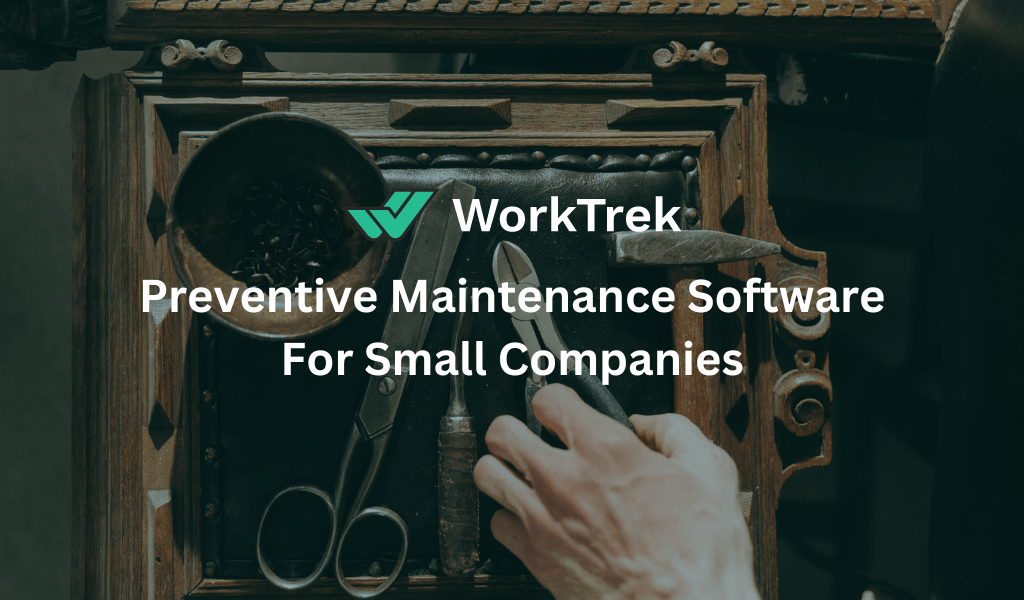Get a Free WorkTrek Demo
Let's show you how WorkTrek can help you optimize your maintenance operation.
Try for freeThe quality of your work depends largely on the operational efficiency of your workplace. Against this backdrop, it is of utmost importance to you to keep your equipment and systems in top condition through regular and thorough maintenance.
However, the maintenance process can be overwhelming, especially for small companies. If you do not have adequate manpower or technical skills, you may find it difficult to delegate tasks to your technicians and keep track of which equipment has been repaired. To simplify and speed up these tasks, having a maintenance management software solution available can go a long way.
Preventive Maintenance For Small Companies
Preventive maintenance software is a strategy that teams and managers employ before a failure or outage actually occurs.
The main goal is to reduce the likelihood of failure or deterioration of equipment, components, or spare parts. To perform this type of maintenance, the team must consider the history of the equipment and track its previous failures. This paves the way for determining how often equipment is likely to fail and require repair/maintenance.
Preventive maintenance is a planning strategy for maintenance operations as it is based on well-established maintenance facts, reports, equipment history, and needs of the organization working as efficient equipment maintenance software.
With preventive maintenance as part of the CMMS functionality, small companies can easily organize their maintenance tasks and ensure continuous productivity.
There is no doubt that preventive maintenance is one of the most popular and effective maintenance methods. However, this may not always be the right choice, as each organization has its own idiosyncrasies. Sometimes the cost of preventive maintenance is much higher compared to other possible methods.
See more at preventive maintenance services and repair programs.
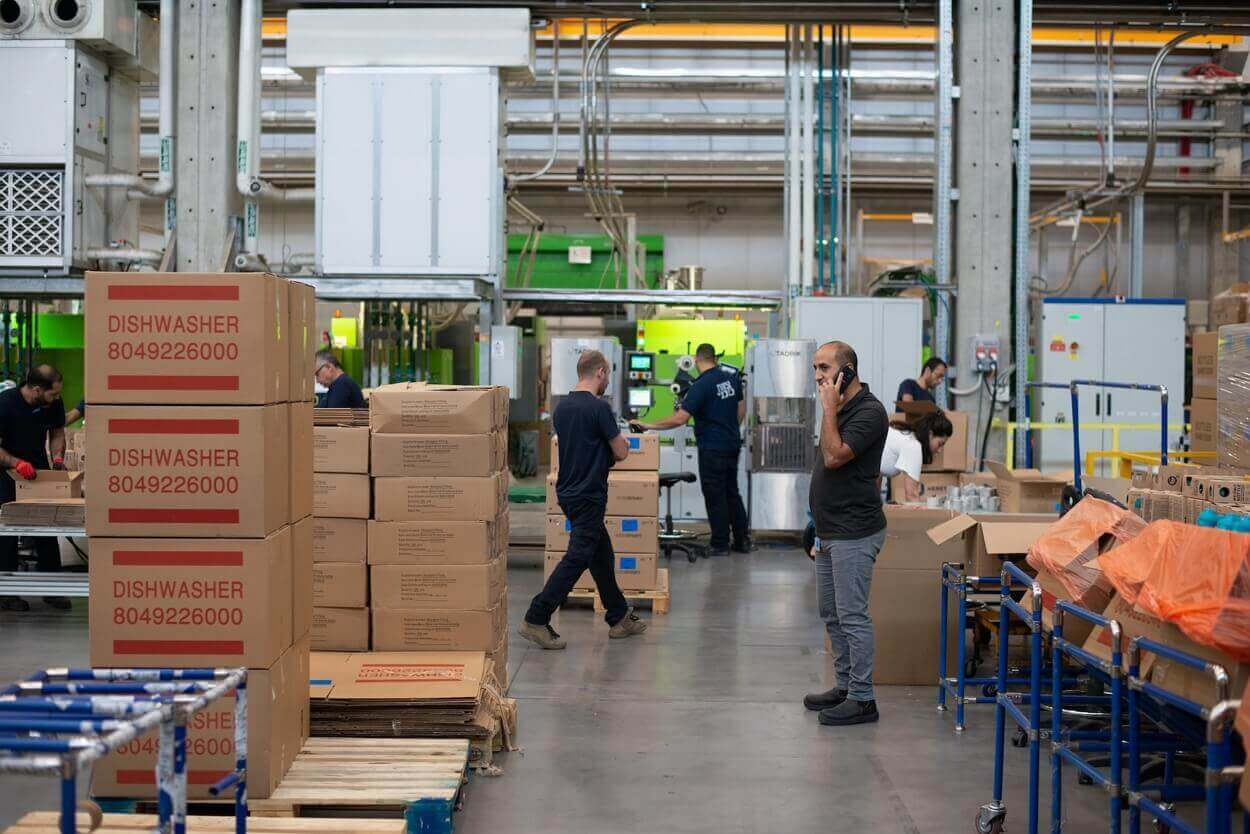
What Are The Different Types Of Preventive Maintenance?
There are 3 types of preventive maintenance:
Systematic Preventive Maintenance
Preventive maintenance is carried out according to a schedule established according to the time or the number of units of use (produced). Even if time is the most common unit, other units can be used such as the number of products manufactured, the length of products manufactured, the distance traveled, the mass of products manufactured, the number of cycles carried out, etc.
This frequency of intervention is determined by commissioning or after a complete or partial overhaul
Condition-Based Preventive Maintenance
Preventive maintenance is subject to a type of predetermined event (self-diagnosis, sensor information, wear measurement, etc.). Condition-based maintenance is therefore maintenance that depends on experience and involves information gathered in real-time. It is also called predictive maintenance (non-standard term).
Conditional preventive maintenance is characterized by the highlighting of weak points. Depending on the case, it is desirable to put them under surveillance and, from there, to decide on an intervention when a certain threshold is reached. But the controls remain systematic and are part of the non-destructive control methods.
All materials are affected. This conditional preventive maintenance is done by relevant measurements of the equipment in operation.
Predictive maintenance
Predictive maintenance consists of anticipating future failures on equipment, an object, a system, etc. Concretely, it is a question of anticipating a breakdown or a malfunction thanks to the accumulation of a set of data. Booming in recent years, predictive maintenance has several advantages. It avoids, for example, the immobilization of a broken-down production system (with the resulting financial repercussions).
Predictive maintenance makes it possible above all to anticipate breakdowns and offers the possibility of intervening while avoiding a much more expensive repair. With predictive technology, maintenance costs are reduced by 10 to 40% and the number of breakdowns is halved.
See the difference between reactive and preventive maintenance.
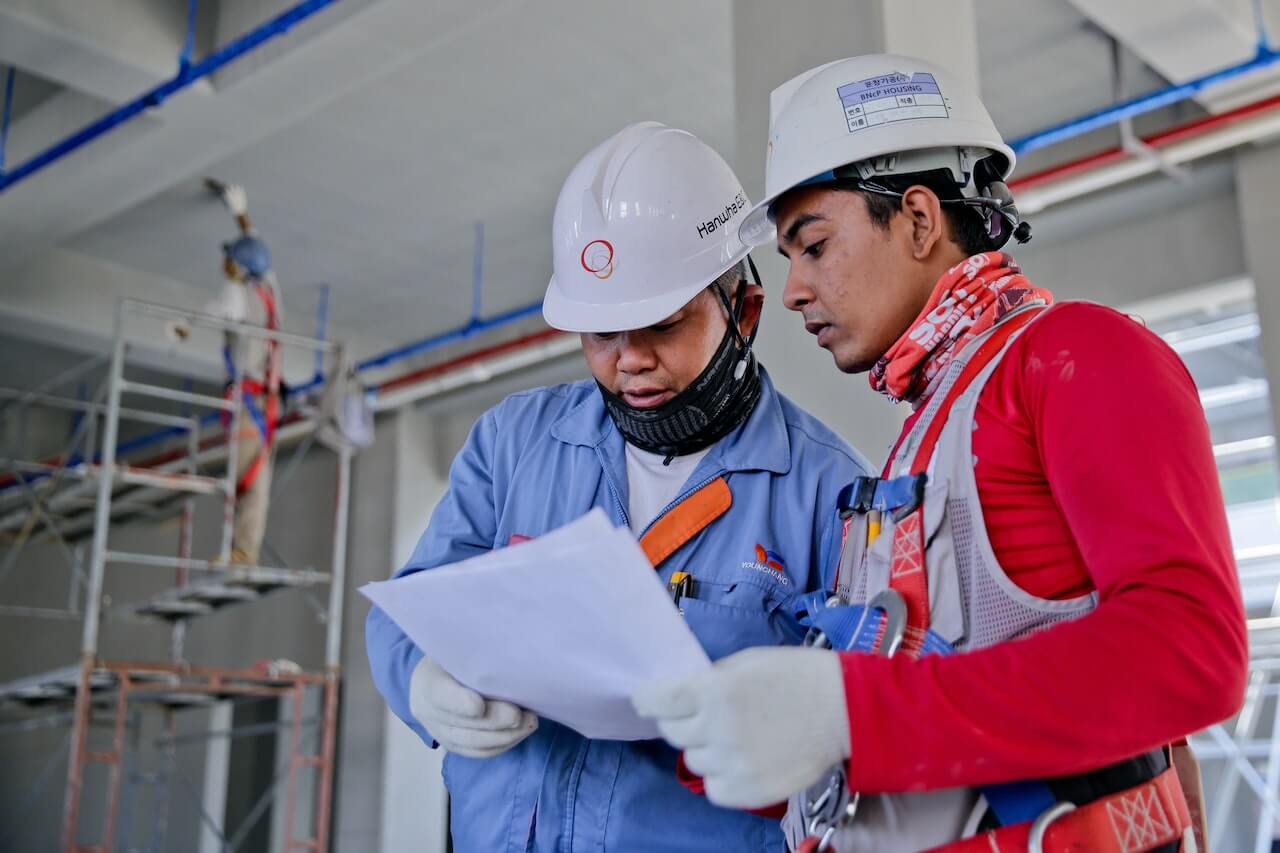
Is Preventive Maintenance Cost Effective?
Preventive maintenance has long been the most popular maintenance strategy for manufacturers. In industrial maintenance, 60% of companies associate preventive maintenance with increased productivity, and over 60% associate preventive maintenance with reduced downtime and increased safety. It has long been believed to provide better cost savings than reactive maintenance.
While preventive maintenance software still involves machine downtime, it is scheduled for a more convenient time and preferred over unplanned reactive maintenance, where the cost and time until the problem is diagnosed and repaired is unknown.
Benefits of Properly Implementing a Preventive Maintenance Program For Small Companies:
Reduce maintenance costs
Depending on the type and complexity of the equipment a company uses, maintenance costs can be one of the largest financial drains.
Preventive maintenance can help avoid this problem by reducing the likelihood of catastrophic failure or equipment degradation.
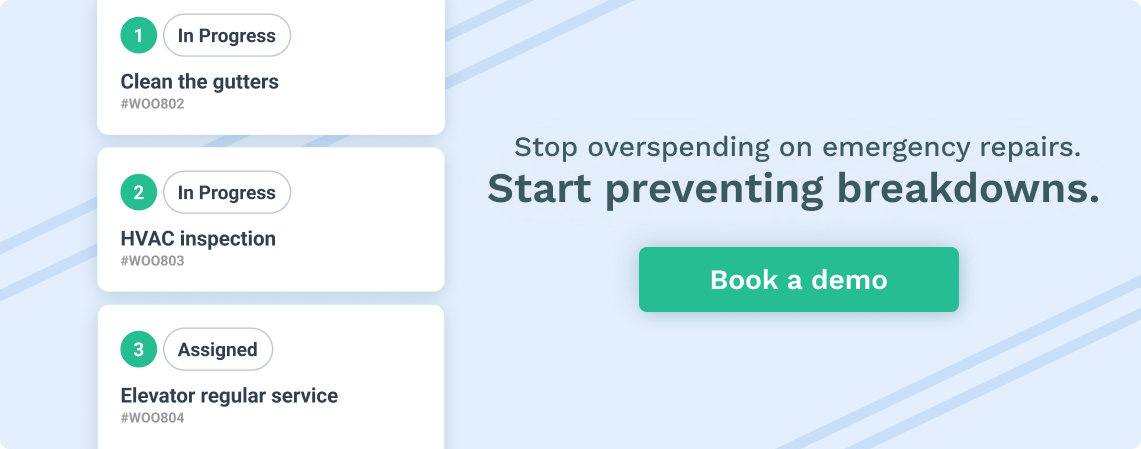
Additionally, small companies can now benefit from predictive maintenance software. These systems create regular maintenance checklists and help coordinate company-wide maintenance schedules.
Early detection of faults
One of the most basic preventive maintenance tasks is dismantling and thorough inspection of equipment and plant installations.
While this is the most effective way to clean and polish your equipment from the inside out, it can also help identify some hidden flaws that surface diagnostics might miss.
Production lines can benefit from early detection of problems as they are the cause of prolonged downtime.
Regularly replacing dirty or partially damaged parts can eliminate many major defects in the long run. Managers can upgrade or install new functional software to realize automatic diagnosis and error detection. Additionally, some CMMS products can perform maintenance checks of an entire facility in a single cycle. Some systems are even building IoT infrastructure to incorporate device performance data. A single administrator can spot vulnerabilities before they cause significant damage.
Reduce downtime
For maintenance operations, both static systems and running machines must be partially or completely shut down.
Preventive maintenance is almost always faster and uses fewer resources than other maintenance methods.
Most modern operating systems, such as production lines and electrical equipment, include performance management sensors that identify specific problem areas. In this case, instead of shutting down the entire system, these problems can be isolated and fixed.
With predictive maintenance, you can schedule maintenance work at convenient times, such as when employees leave the building or when the day’s operations are over, reducing disruptions to production and efficiency.
Longer asset life
Every piece of equipment has a finite useful life after which it needs to be repaired or replaced to varying degrees.
Small companies typically purchase such equipment after determining its potential operation and potential production. Most small companies already factor in repair or replacement costs. Still, preventative maintenance can provide an extra layer of protection to prolong the life of your equipment.
A preventive maintenance program ensures equipment is performing according to manufacturer and consumer specifications.

Challenges of Preventive Maintenance For Small Companies:
May exceed expectations
With preventive maintenance software, there is still a risk of over-maintenance. Some failures are less dangerous to your operation than others. If you dedicate resources to avoiding every single problem, you’re probably wasting resources on PMs. Finding a balance between proactive error prevention and reactive remediation efforts is critical.
If a preventative maintenance program is too extensive, it can lead to serious financial waste. In some cases, you should test components, parts, or even entire machines for possible failures.
Unexpected failure
Certain components and parts may fail randomly such that preventive maintenance cannot permanently prevent the failure. In such cases, it may make more sense to think about effective ways to deal with the consequences.
You should not base the frequency of preventive maintenance calls on the usual metric of mean time between failures. Instead, the lifespan of the component should be considered when making this decision.
Continuous training for technicians
Another downside of some preventative maintenance systems is that field technicians don’t always keep their knowledge and training up to date.
The bottom line is, if your maintenance professionals don’t understand the need for preventive maintenance, or aren’t adequately trained to perform it, they won’t be able to do it properly.
High upfront costs
When you first implement a preventive maintenance program, it can cost more to service equipment and assets on a regular basis than to wait for a power outage.
Small companies may find the initial cost of deploying a CMMS for preventive maintenance prohibitive if they have a limited budget for asset management and equipment maintenance.
Since facilities are regularly inspected for maintenance, you may need to invest in the latest tools and equipment to properly carry out the repair work, which will undoubtedly add to your overall business expenses.
Consider reading a step-by-step guide to choosing the right CMMS.
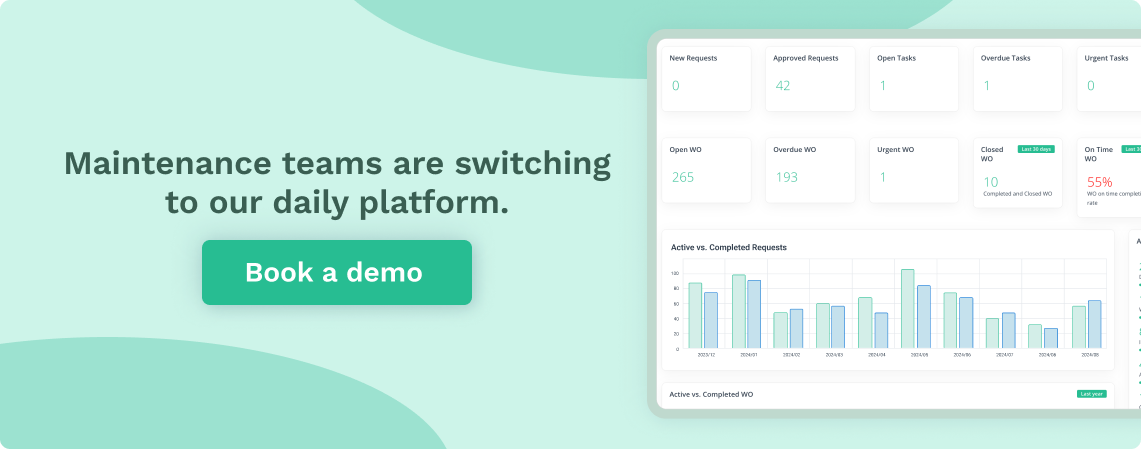
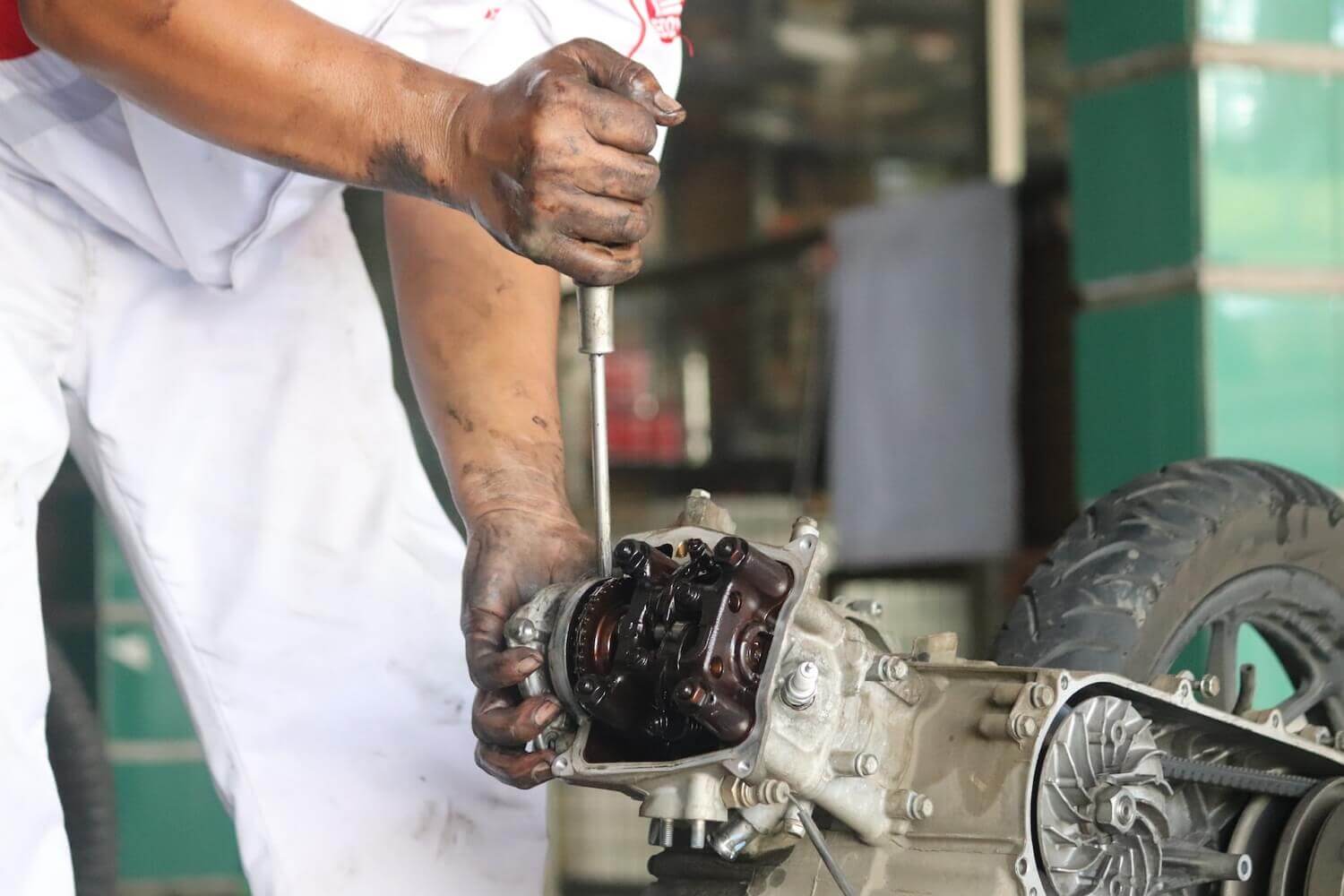
Benefits of Preventive Maintenance Software for Small Companies (CMMS)
Integration of maintenance management information
Planned maintenance and predictive maintenance data are multidimensional. It is impossible to represent everything in a single two-dimensional table. You have at least a few workbooks. You most likely have a bunch of linked files, all of which need updated information. CMMS software and preventive maintenance eliminate this by storing all relevant data in one place.
Prevent errors
Errors can easily sneak into maintenance management spreadsheets. A simple copy-and-paste error or missing parentheses can throw off your entire maintenance plan. Bugs may go undetected for months or even years. CMMS software protects formulas and calculations from user error.
Try now for free
If you want the success of any maintenance action, you should try a WorkTrek!
Automatically trigger notifications and work orders
Even the best-designed spreadsheet can’t send ticket reminders to technicians. A major advantage of CMMS software is that workflows are easier to manage. Predictive maintenance tasks can be automatically scheduled based on manufacturer recommendations and previous maintenance dates. Task completion is recorded instantly and your planned maintenance records are updated.
Compile audit history
Using CMMS software can simplify maintenance audits. While audit data can be easily stored in spreadsheets, extracting relevant information from multiple files at the time of an audit is a time-consuming manual task. A CMMS system keeps a complete digital file record of every action, including when it happened and by whom. Preventive and planned maintenance history is fully transparent. Since the software has been specially developed for maintenance managers, inspection reports are always at hand.
Reporting and analysis
Weak analysis and reporting are other problems with maintaining administrative spreadsheets. Experienced users can create their own custom reports, but this takes time to set up and maintain. CMMS providers know which metrics and KPIs are most important. Overdue work orders and predictive maintenance forecasts can be generated instantly.
Real-time accuracy
As a manager, it is critical to have an accurate and comprehensive understanding of your operations. Manually entering information into multiple spreadsheet files naturally introduces delays between action and reporting. Urgent tasks and emergencies may not become apparent until the damage has already been done.
Reduce administrative burden
Many maintenance managers report being “drowned in paper.” The inherent under-specialization of spreadsheets places an additional burden on users. You might even have a spreadsheet to keep track of your spreadsheets. By automating most of these manual processes, a CMMS allows maintenance managers to focus on their jobs.
See also what is CMMS? – Features and benefits.

Things to Consider If Preventive Maintenance Software (CMMS) for Small Companies Is Right for You
Business complexity
It’s not as simple as “big companies need CMMS solutions, small companies need spreadsheets.” Yes, a small company with only 30 assets can manage them from a spreadsheet. Yes, large enterprises with hundreds of assets spread across dozens of locations would benefit from CMMS software to manage them. However, large enterprises face higher setup costs, training costs, and user resistance. It is much easier to develop good habits and grow with them than to digitally transform a large enterprise.
Assess administrative burden
How much time do you spend on labor-intensive manual typing? How long does your technician need? If you find that you spend more time on spreadsheets than growing your company, the ROI of automating these processes may be worth it. Get an honest estimate of how many hours of productivity are lost to paper and compare the hourly rate to a monthly CMMS subscription.
Impact of unplanned downtime
A GE study showed that predictive maintenance based on data analysis and monitoring can reduce unplanned downtime by approximately 35% compared to reactive or time-based approaches. When unplanned downtime significantly impacts your business, turning to a predictive maintenance system should be a top priority. Managing a predictive maintenance program through a spreadsheet is much more difficult than through specialized software. Every hour of unplanned downtime costs more for larger companies, but smaller companies experience lower operational error rates. The loss of productivity and customer trust that comes with downtime can decimate a business that is already on the verge of collapse.
In summary, this decade’s changes in the CMMS (and preventive maintenance software) software landscape have made it an option for companies of all sizes to consider. The main hurdles for small companies are the time it takes to set up and train, and the risk of being locked into the wrong choice. Company owners should always check the ease of exporting maintenance data and changing suppliers before committing. After all, a vendor with a large number of satisfied users, an active support team and knowledge base, and a clear onboarding process is a better bet than a shiny new startup.



